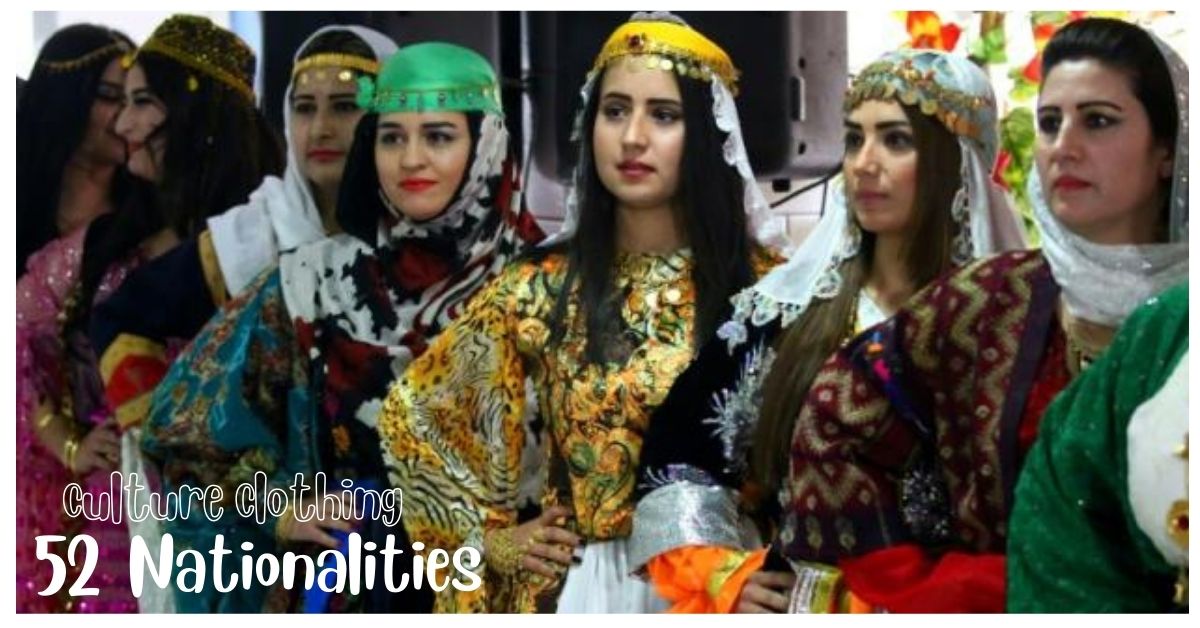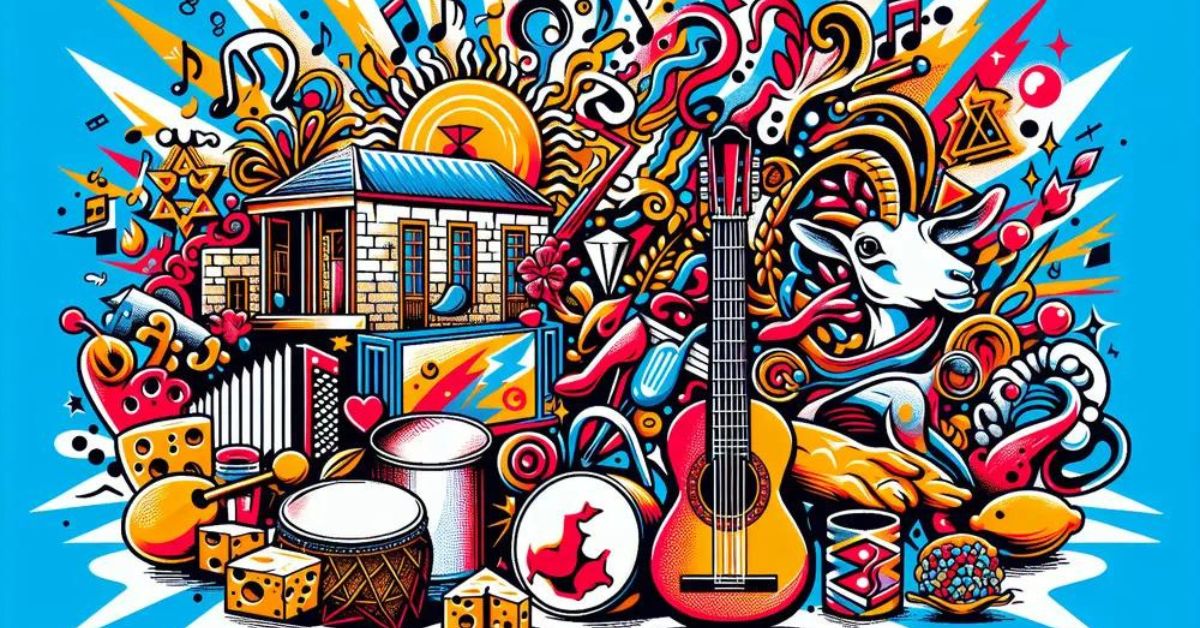Culture and clothing are deeply intertwined, with the clothes we wear often serving as an expression of our heritage, beliefs, and identity. From traditional garments to modern fashion inspired by cultural influences, clothing plays a crucial role in representing the values and history of different societies. In this article, we’ll explore how culture shapes fashion, the significance of traditional clothing, and how modern designers are incorporating cultural elements into their creations.
The Role of Clothing in Cultural Expression
Clothing has long been a way for people to express their cultural identity. It is not just a means of covering the body; it communicates a person’s background, status, and values. In many societies, traditional clothing is worn during important events like festivals, weddings, and religious ceremonies. These garments often carry symbolic meaning, with colors, patterns, and materials reflecting the culture’s history, beliefs, and customs.
For example, in Japan, the kimono is a traditional garment worn on special occasions. The colors and patterns of the kimono can signify different seasons, stages of life, or events. Similarly, in India, the sari is a staple of women’s fashion that has evolved over time but still holds deep cultural significance, with different regions having their own unique styles and ways of draping the fabric.
Traditional Clothing Around the World
Each culture has its own distinct traditional clothing, reflecting the region’s climate, history, and values. Here are a few examples:
- African Attire: African clothing varies widely across the continent, but fabrics like kente cloth from Ghana or the brightly colored dashiki from West Africa are known for their bold designs and vibrant colors. These garments often carry symbolic meanings related to ancestry, social status, or specific ceremonies.
- Scottish Kilt: The kilt is a traditional garment from Scotland, made from woolen fabric and often featuring tartan patterns that represent different clans.
- Indigenous American Clothing: Indigenous communities in North and South America often have traditional clothing made from natural materials like animal hides, feathers, and beads. These garments are not only functional but also hold spiritual significance.
How Modern Fashion Incorporates Cultural Influences
Modern fashion is increasingly influenced by global cultures. Designers draw inspiration from traditional garments, patterns, and colors, blending them with contemporary styles to create something new.
For example, many fashion designers have incorporated African prints and textiles into their collections, bringing a global audience to traditional patterns. Similarly, Indigenous-inspired fashion has gained popularity, with traditional beadwork, motifs, and natural materials becoming part of mainstream fashion.
However, this blending of culture and fashion also raises important questions about cultural appropriation. While it’s important to celebrate and draw inspiration from different cultures, it’s equally crucial to do so respectfully and in a way that acknowledges the origins and significance of the designs.
The Importance of Preserving Traditional Clothing
While modern fashion continues to evolve, preserving traditional clothing is vital to maintaining cultural heritage. These garments are often passed down through generations and carry stories, values, and history that are central to a community’s identity. Many cultures have seen their traditional clothing threatened by globalization and mass production, which often prioritize Western fashion trends over local styles.
Efforts to preserve traditional clothing include cultural festivals, fashion shows, and museums that highlight the significance of these garments. Additionally, many young people in different cultures are embracing their traditional clothing, wearing it not only during special occasions but also as part of their everyday wardrobe to keep their heritage alive.
Culture Clothing in the Digital Age
With the rise of social media and online shopping, culture and fashion are more interconnected than ever. Platforms like Instagram and TikTok allow people to showcase their traditional attire to a global audience, inspiring others to learn about different cultures. Online stores make it easier to access traditional clothing from different parts of the world, further spreading cultural appreciation. However, it’s important for consumers to be mindful of where their culturally inspired clothing comes from.
Conclusion
Clothing is more than just a fashion statement—it’s a reflection of identity, heritage, and history. Whether through traditional garments worn during cultural ceremonies or modern designs inspired by global influences, culture clothing continues to be a powerful tool for expressing who we are.
FAQs
Why is traditional clothing important in culture?
Traditional clothing reflects a culture’s history, values, and identity.
How does modern fashion incorporate cultural influences?
Modern designers draw inspiration from traditional garments, patterns, and textiles.
What is cultural appropriation in fashion?
How can traditional clothing be preserved?
How has social media impacted cultural clothing?
Social media allows people to showcase traditional attire globally, promoting cultural appreciation.









